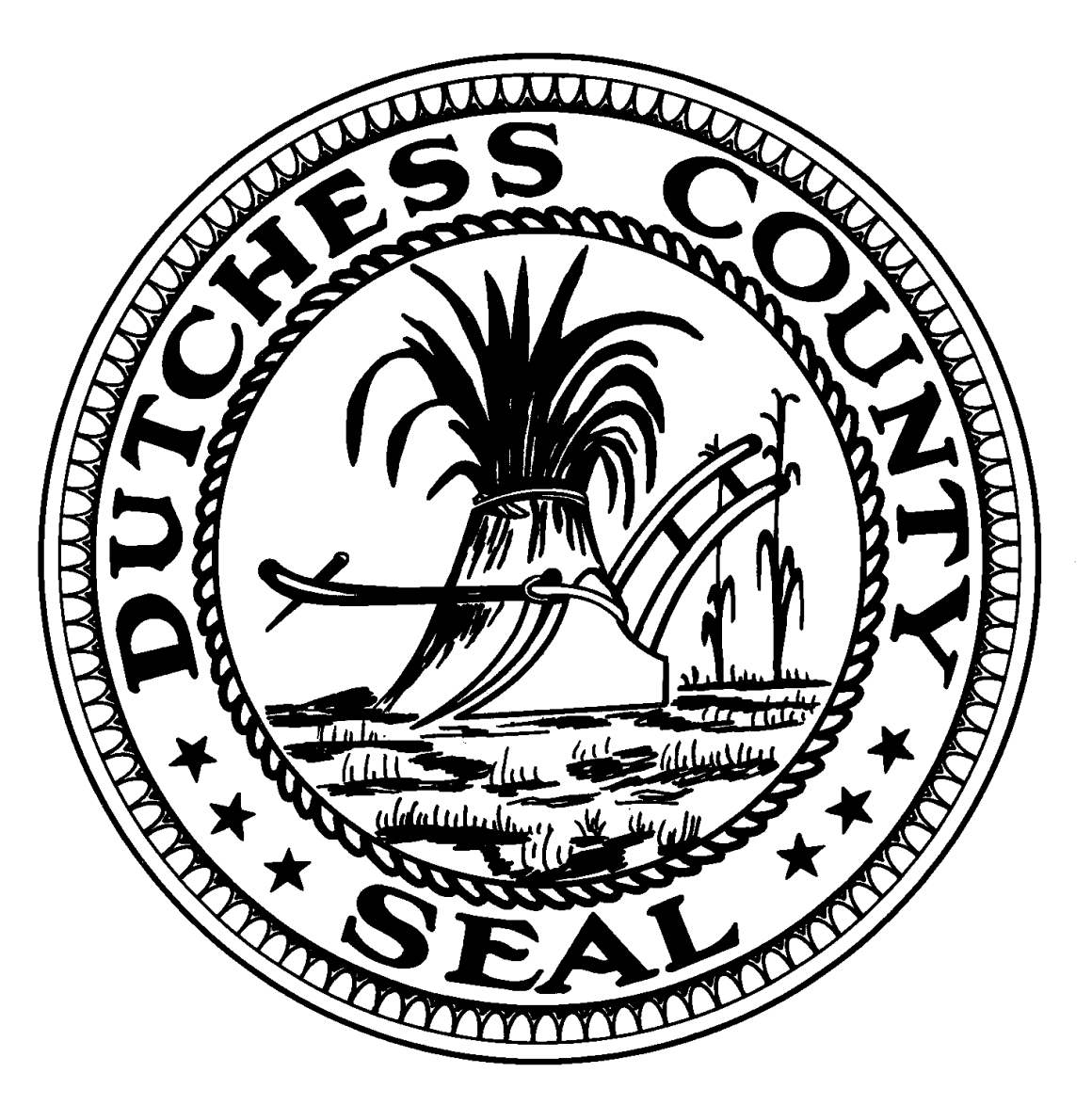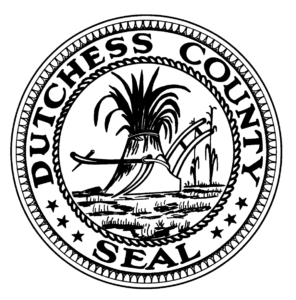
Serino Prioritizes EMS Solutions
County collaborating to address EMS sustainability,
provide comprehensive coverage to improve response time
Poughkeepsie, NY… Communities across New York State and throughout the nation, as well as here in Dutchess County, are grappling with the increasing challenge of ensuring life-saving Emergency Medical Services (EMS) are readily available, with the problem rapidly becoming a public safety crisis. Dutchess County Executive Sue Serino has prioritized EMS delivery and is supporting a multi-faceted effort to address gaps in EMS coverage and improve response time, including taking steps to provide countywide, dedicated, supplemental ambulance service coverage. The Dutchess County Department of Emergency Response (DCER) has begun serving as a facilitator for a shift toward regional contracts to enhance service, improve response time, ensure comprehensive coverage and drive down cost.
County Executive Serino said, “Emergency Medical Services is a vital service that we cannot allow to falter. I’ve heard from residents who are worried about whether or not an ambulance will be able to get to them in time if there is an emergency. This is a top priority, and we are working with both our local municipal partners, as well as engaging our state and federal representatives, to develop comprehensive solutions to ensure EMS is sustainable for the future for our residents.”
Many would be surprised to learn that EMS is not considered an “essential” service and is not mandated by State or Federal government; therefore, there are no state or federal funding sources as exists for law enforcement or fire services. EMS has traditionally been coordinated at the local town or village level and funded through property taxes. This results in a patchwork system, with local municipalities and fire districts throughout Dutchess County opting for differing approaches of volunteer, career and commercial services. While many municipalities have contracted with commercial providers to provide, or supplement, EMS coverage, other municipalities have no formal coverage. This results in fragmented, inconsistent, and non-standardized service delivery with a wide range of costs, coverage ability and response times, as outlined in the Profile of Dutchess County EMS and Options for the Future Review of Current Operations and Opportunities for Change report, which was completed in collaboration with the Center for Government Research (CGR), and the Dutchess County Citizens Advisory Committee on EMS.
Adding to the challenges of EMS is the diminishing number of professionals in the field as the demand for service rises. A 2023 EMS Sustainability report from the New York State Department of Health’s Bureau of Emergency Medical and Trauma Services found that fewer than 50% of certified EMS providers statewide are currently working in the field, and the number of new paramedics getting certified is rapidly declining. The report pointed to pay rate and benefit disparity for EMS compared to other emergency services (law enforcement, fire services) that are mandated and consistently funded among the reasons for declining numbers of new recruits or recertifications.
EMS was the major topic of discussion at a meeting of Mayors and Supervisors, convened in January by County Executive Serino and DCER Commissioner Dana Smith. At the meeting, Commissioner Smith outlined County efforts to address this public safety issue and stressed the importance of intergovernmental collaboration for sustainable solutions.
Among the steps DCER is taking is a Request for Expressions of Interest (RFEI), issued in January, soliciting interest from qualified and experienced ambulance service providers to present potential approaches to supplement and enhance existing EMS coverage that would build on the current network of municipal EMS service contracts. Responses to the RFEI, which are due March 1st, will help create a formal Request for Proposals (RFP) for supplemental ambulance service units that would be under the direction of DCER.
To potentially contract with commercial EMS providers and entice providers that do not currently operate in Dutchess County to add service to the area, the County will need to obtain a Certificate of Need (CON) from New York State Department of Health, providing the County the authority to direct contracted EMS units to respond to emergencies when a local agency is unavailable. The Dutchess County Legislature authorized DCER to apply for the CON in a resolution unanimously adopted late last year.
Commissioner Smith said, “We recognize that contracting for supplemental service is only a stop-gap measure, but it will enable us to address current needs while developing a long-term comprehensive solution that will require support from multiple levels of government.”
Dutchess County is partnering with the New York State Association of Counties (NYSAC) and a coalition of state lawmakers and advocates on the “Rescue EMS” initiative. As part of Rescue EMS, a package of State legislation has been introduced to strengthen local EMS service. The various legislations are designed to provide local governments with the authority to create and fund countywide EMS systems, provide financial incentives for EMS workers to enter and stay in the field, and update Medicaid reimbursement rates to reflect current needs and costs. Currently, Medicaid does not reimburse EMS providers who treat an individual on-site or transport them to a non-hospital facility such as the County’s Stabilization Center. The proposed legislation would establish a mechanism for Medicaid to reimburse the cost of medical care received via call, text, or other request for emergency medical assistance.
Dutchess County Legislature Chairman Will Truitt said, “Identifying and securing funding streams will be crucial to support this work. Local property taxpayers cannot solely bear the burden of the ever-increasing cost of EMS and that is why every level of government must come together to find comprehensive solutions to drive down costs and develop diversified funding sources. We are counting on our state and federal representatives to support us in our efforts.”
As highlighted last year during the annual budget process, addressing the EMS crisis is one of the reasons the 2024 Dutchess County Budget was adopted with an increase to the county sales tax rate, which will require State approval later this year to go into effect. Additional sales tax revenue—which is shared with cities, towns and villages—combined with local municipal investment as well as state and federal funding, would provide the critical funding for real solutions without the cost burden being borne by a single level of government.
As these latest efforts move forward, DCER will also continue its ongoing work—meeting regularly with EMS providers in Dutchess County to provide resources and support whenever possible. DCER also works directly with many local municipalities, including recently assisting the City of Beacon in EMS contract development for a commercial provider in conjunction with local volunteer providers. DCER also helped develop an intermunicipal contract arrangement among the towns of Amenia, North East and Dover for EMS coverage. The department will continue this work, capitalizing on the current municipal spending and facilitating solutions to improve coverage and reduce response times.
DCER will also continue to research EMS models currently utilized or planned in other communities across the state and nation, including a recent visit to Nassau County, to learn about the latest innovations and best practices.
“Overcoming the challenges facing EMS is not a simple task, nor is there a quick fix. It will take time to develop a comprehensive, countywide approach, but we are committed to working with our partners at every level of government to develop solutions that are patient-centered, consistent, reliable, affordable and sustainable for Dutchess County residents,” said Commissioner Smith.

